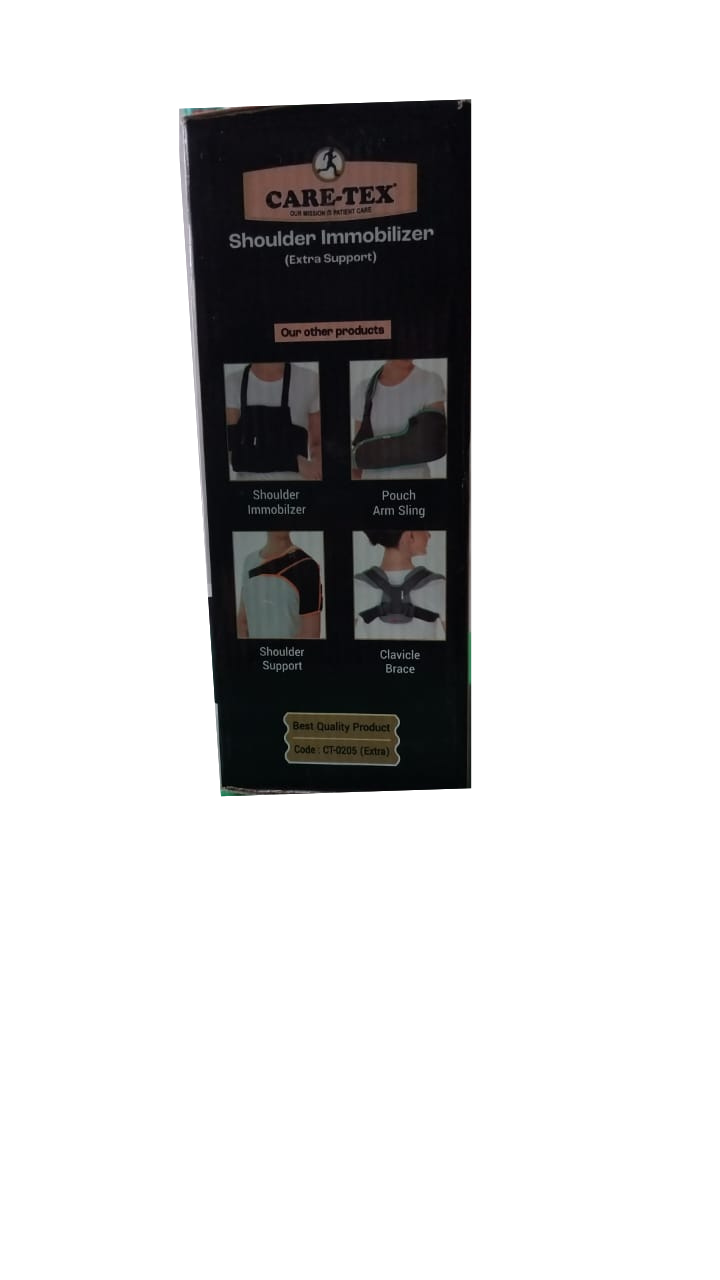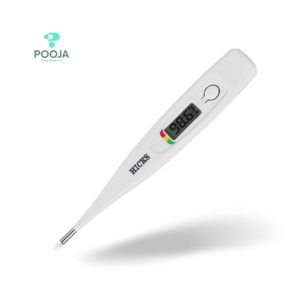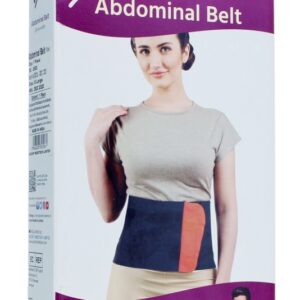DESCRIPTIONS
Purpose: To immobilize the arm and shoulder joint, reduce pain, and provide complete support to promote healing.
Design: It typically features adjustable straps for a customized and snug fit. Some models may have “extra support.”
Material: Descriptions often mention breathable materials for enhanced comfort, making it suitable for prolonged wear. The material content can include nylon, polyester, and spandex.
Sizing: It is available in various sizes (e.g., XS, S, M, L, XL) to cater to different body types.
Application: The immobilizer holds the arm against the body, keeping the elbow bent at approximately a 90-degree angle.
It’s important to note that specific features can vary between different models of CARE-TEX shoulder immobilizers. For example, some models may be elastic, while others have additional supports.
Disclaimer: This information is for general knowledge only. Always consult a healthcare professional for guidance on using any medical device and for specific treatment recommend
Here is a general guide on how a shoulder immobilizer is typically used, but remember to always consult a medical professional for personalized advice:
Application and Wear
Preparation: Before putting on the immobilizer, make sure your injured arm is supported. You may need assistance from a friend or family member, especially at first.
- Positioning the Arm: The sling portion of the immobilizer should cradle your forearm, and your elbow should be bent at approximately a 90-degree angle. Your arm will be held snugly against your body.
- Securing the Straps: The immobilizer typically has multiple straps: a shoulder strap, a chest band, and sometimes an arm or wrist strap.
- The shoulder strap goes over the opposite, uninjured shoulder to support the weight of your arm.
- The chest band wraps around your torso, holding your injured arm securely against your body. This strap is crucial for preventing unwanted movement.
- Straps around the arm or wrist may be used to further secure the limb.
- Adjusting for Fit: Adjust the straps to ensure a snug but comfortable fit. The immobilizer should hold your arm firmly in position without causing any tingling, numbness, or skin irritation. It should not interfere with your breathing.
- Wearing Over Clothing: The immobilizer is often worn over a shirt. For comfort and ease of dressing, you may find it helpful to wear a larger, button-down shirt.
- Care and Precautions
- Skin Care: It’s important to keep the skin under the immobilizer clean and dry to prevent irritation. You may need help from another person to safely loosen the straps and wash your underarm.
- Washing: The fabric part of the immobilizer can usually be hand-washed in cold water with mild soap and air-dried. Follow the specific care instructions on the product label.
- Duration of Use: Wear the shoulder immobilizer for the duration prescribed by your doctor. Removing it prematurely can hinder the healing process.
- Warning Signs: Immediately loosen the straps and contact your healthcare provider if you experience increased pain, swelling, changes in sensation, or any discoloration in your arm or hand
- Disclaimer: This information is a general overview of how shoulder immobilizers are used. It is not a substitute for professional medical advice. Always follow the specific instructions from your doctor or physical therapist.













Reviews
There are no reviews yet.